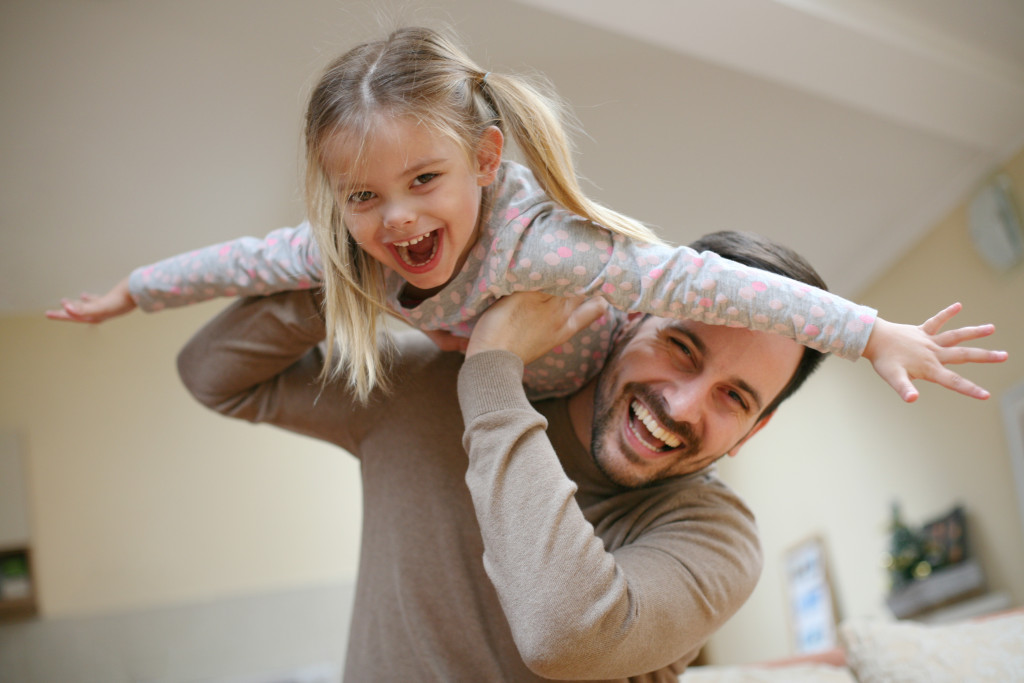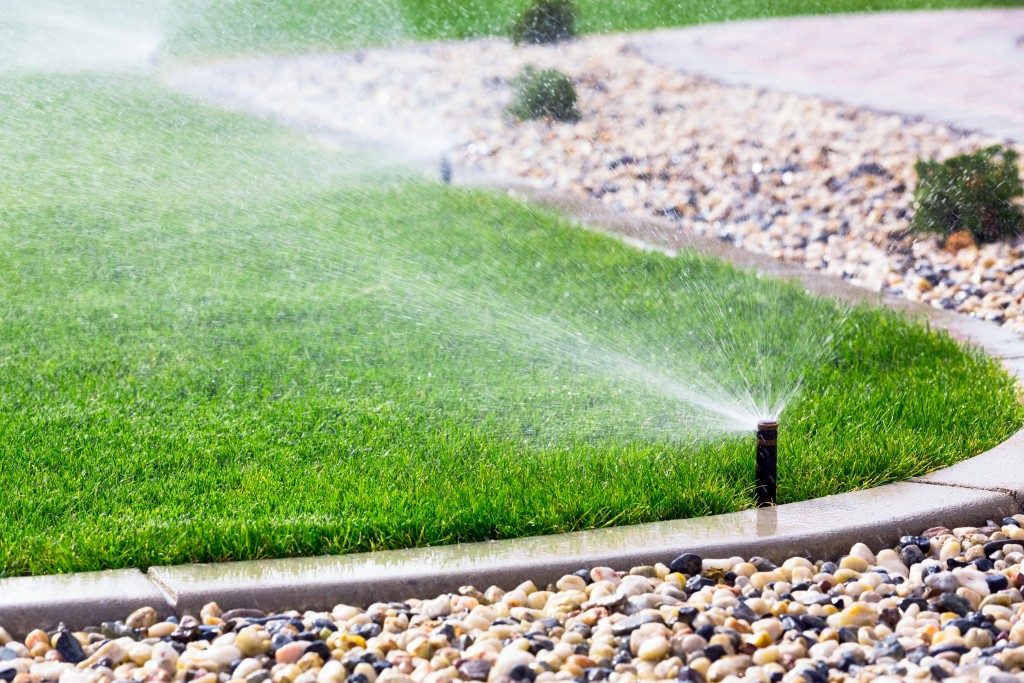As a parent, you have many responsibilities to ensure your child’s safety. You need to ensure that they eat healthy and nutritious foods, get enough sleep and exercise, wear their seatbelt when in the car, and be protected from injury or illness-causing germs. But there is one more thing you should be doing for them: making sure that their home is safe.
There are many potential dangers in a home environment, from sharp edges on furniture to poisonous chemicals in the cleaning supplies. It is important to childproof your home as much as possible to avoid any accidents. Here are a few tips to make this happen.
1. Install gates to block off dangerous areas.
You don’t want your child to be able to wander into the kitchen and grab a hot pan or get into the bathroom cabinet and swallow a bottle of pills. Install gates at the top and bottom of staircases and any other areas where your child could be in danger. You can also buy gates to keep your child in one specific place, like a playpen.
2. Lock up dangerous chemicals and pharmaceuticals.
You may have cleaners and other chemicals in your home that could be poisonous if ingested by a child. Keep these locked up and out of reach, preferably in a cabinet with a childproof lock. If you have any prescription medications or over-the-counter drugs in your home, make sure to keep these locked up as well. A child could easily swallow a whole bottle of pills if left unsupervised.
3. Get rid of sharp edges.
Furniture with sharp edges can easily cause cuts and lacerations. Remove any furniture or knick-knacks with sharp edges, and replace them with safe items for children to touch. If you can’t get rid of the furniture, at least put bumpers on the corners to soften the impact if your child falls against them.
4. Keep the air clean.
Many chemicals and pollutants in the air can be harmful to children. Make sure your home is well-ventilated, and avoid using products containing harmful chemicals. Use organic cleaners and pest control products whenever possible. Talk with your air conditioning provider about installing an air filter to remove harmful particles from the air.
5. Install smoke detectors and fire extinguishers.
It is important to have functioning smoke detectors in your home in case of a fire. Make sure that everyone in your family knows how to use a fire extinguisher in case of an emergency. Try to keep all flammable materials like paper and fabric away from heat sources, and have a plan in place for what to do if there is a fire in your home.

6. Check the temperature of your hot water heater.
You don’t want to risk your child being scalded by hot water. Ensure the water heater is set to a safe temperature-120 degrees Fahrenheit or less. If your child accidentally turns on the hot water, they will be less likely to be scalded. Always test the water temperature before letting your child take a bath or shower.
7. Use safety straps on furniture.
Furniture can easily tip over if a child climbs on it. Use straps or other safety devices to keep furniture from toppling over. Make sure that all televisions and electronics are securely fastened to the wall so that they won’t fall over if your child pushes them.
8. Educate your child about safety.
It is important to talk to your child about safety and how to stay safe in their home environment. Teach them not to touch anything that looks dangerous and always ask an adult for help if they don’t know what to do. Show them how to use the safety gates and locks in your home, and explain what to do in case of a fire or other emergency.
9. Get a pet.
Pets can be a great source of security for children, and they can also help teach your child about safety. You can teach dogs to be protective of children, and they can also help warn you if there is an intruder in your home. Having a pet can also help teach your child about responsibility and how to care for another living being. Just make sure that your dog is adequately trained and knows how to behave around children.
10. Supervise your child at all times.
The best way to keep your child safe is to always be there with them. Supervise your child when they are playing, and make sure that they are not left alone in the home. If you have to leave the house, make sure that someone is there to watch them.
Remember to install smoke detectors and fire extinguishers, keep sharp edges hidden, and make sure the temperature of your hot water heater is safe. Talk to your child about safety, and be sure to supervise them at all times. Creating a safe home environment for your children can seem like a daunting task, but with a bit of effort, you can make your home safe for even the youngest members of your family.









